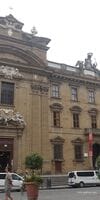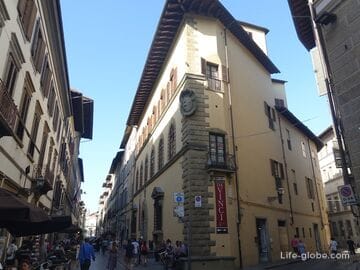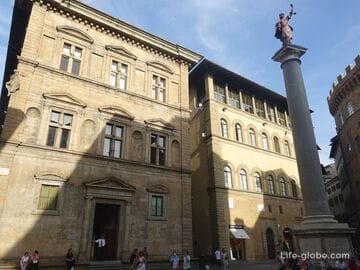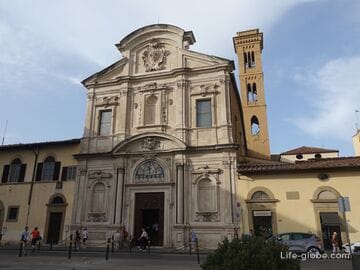The complex of San Firenze (Complesso di San Firenze) in Florence is one of the rare examples of the Baroque style in the city, which now houses the Museum Zeffirelli (Museo Zeffirelli) and the Church of San Filippo Neri (Chiesa di San Filippo Neri).
The complex is also known as San Filippo Neri (Complesso di San Filippo Neri), and the name San Firenze arose from a distortion of the name of the church dedicated to San Fiorenzo that previously existed on this site (Chiesa di San Fiorenzo).
The complex is located in the historical center of Florence, on the Piazza di San Firenze square of the same name, next to the Bargello Palace Museum.
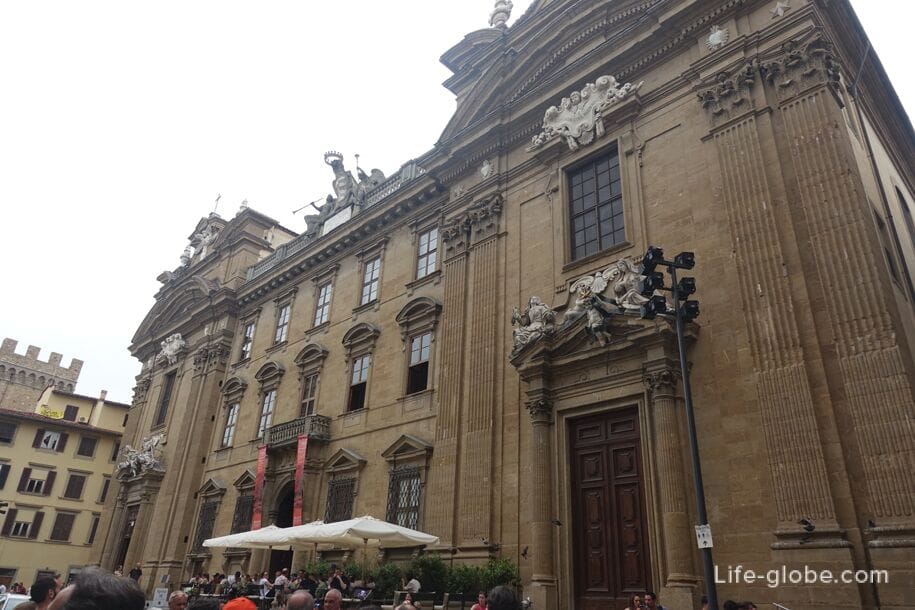
The history of the complex dates back to 1640, when the Filipino fathers who came to Florence from Rome received a gift from Pope Urban VIII of the territory, including the tower houses and the church of San Fiorenzo, which was mentioned since 1174. The Filipinos wanted to create a large complex, including a monastery, a church and a chapel dedicated to the Florentine saint San Filippo Neri, the founder of the order and canonized in 1622.
Since 1645, the church began to be built according to the plans of the Italian architect Pier Francesco Silvani. After Silvani's death in 1715, the architect Ferdinando Ruggeri built the facade. However, this building was demolished in 1772, and a new oratory was built in its place under the direction of Zanobi Del Rosso, completed in 1775. Between 1745 and 1749, Giovanni Filippo Ciocchi, in collaboration with Del Rosso, built a monastery.
Until 2012, the complex housed a court. Now the complex belongs to the Municipality of Florence, and it houses a museum and a church, as well as various events.
The main facade of the complex, facing the Piazza San Firenze, is divided into three parts, where the sides are more prominent and taller than the central one, so it seems as if these are three separate buildings.
The facade has sculptural and architectural decorations and a balustrade in the upper central part. A wide flight of stairs leads to the complex.
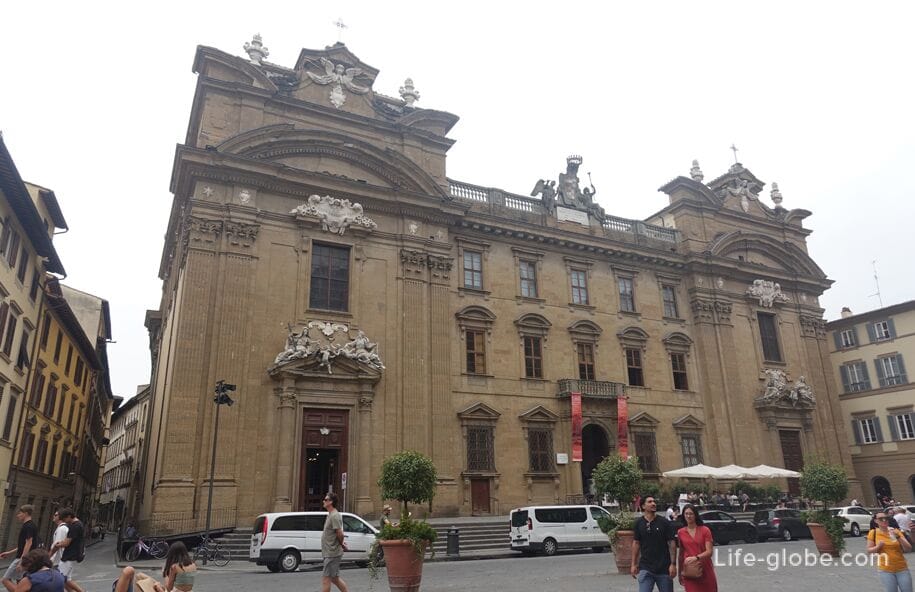
At the top of the central part of the facade there is a three-dimensional coat of arms of the benefactor of Florentine Filipinos Giuliano Serragli (a copy of the original is in the loggia of the Oblate complex). This is the work of Pompilio Ticciati, where the family coat of arms is placed between two angels with trumpets (personifying the resurrection of bodies and Glory), which were popularly called "Befana trumpets".
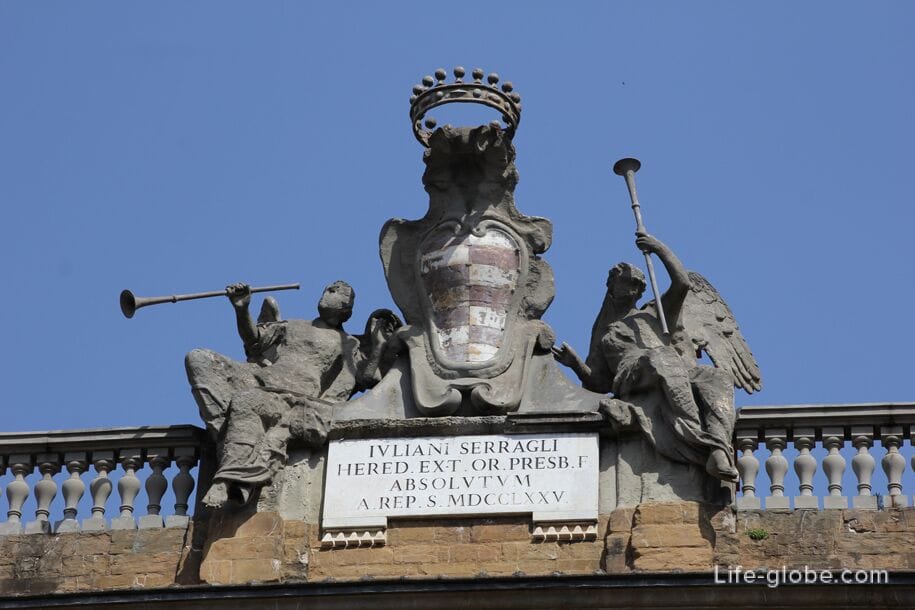
Above the left portal leading to the church of San Filippi Neri, there are three-dimensional statues of Faith and Hope with two angels, by Gioacchino Fortini in 1715.
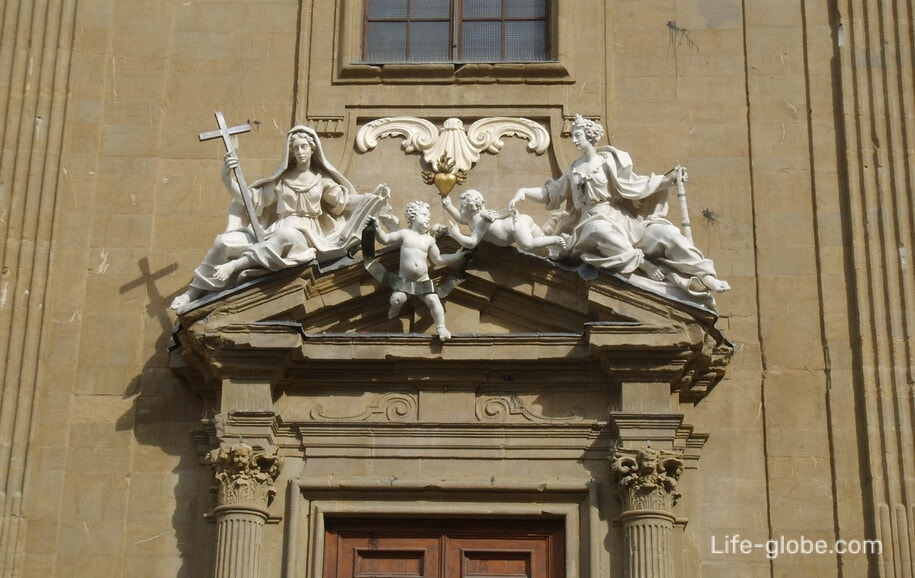
A sculptural group is also placed above the right portal.
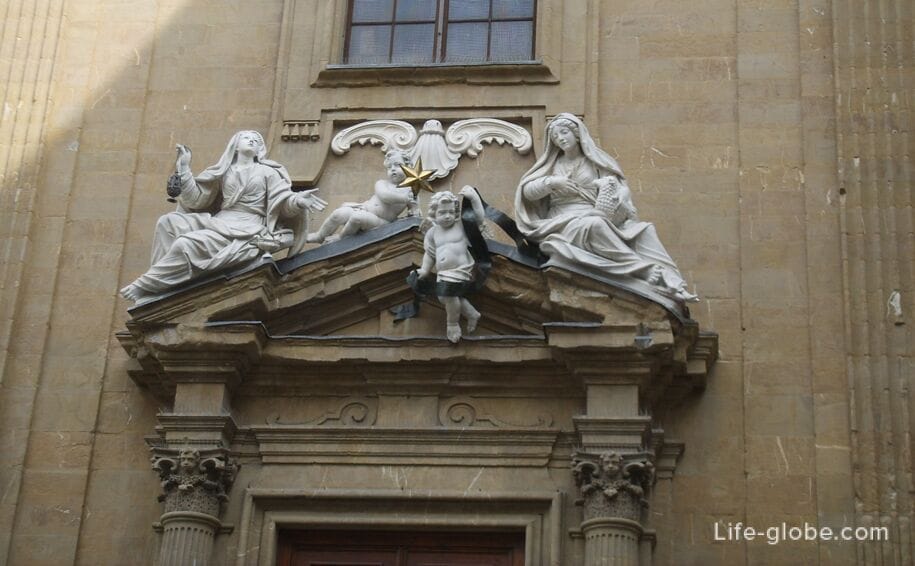
Zeffirelli Museum
The Zeffirelli Museum (Museo Zeffirelli), located within the walls of the complex, is part of the Franco Zeffirelli Onlus Foundation.
In the halls of the museum, the works of director and set designer Franco Zeffirelli in the field of opera, drama and cinema are exhibited. More than 250 works are presented here: stage sketches, drawings, photographs, figures and costumes, as well as exhibits dedicated to unrealized projects and figures that had the greatest impact on the fate and career of Franco Zeffirelli.
The route of the exhibition takes place in chronological order.
Entrance to the museum is paid. There are discounted and family tickets. Children under 6 years old and people with disabilities - free of charge.
The museum's website: fondazionefrancozeffirelli.com.

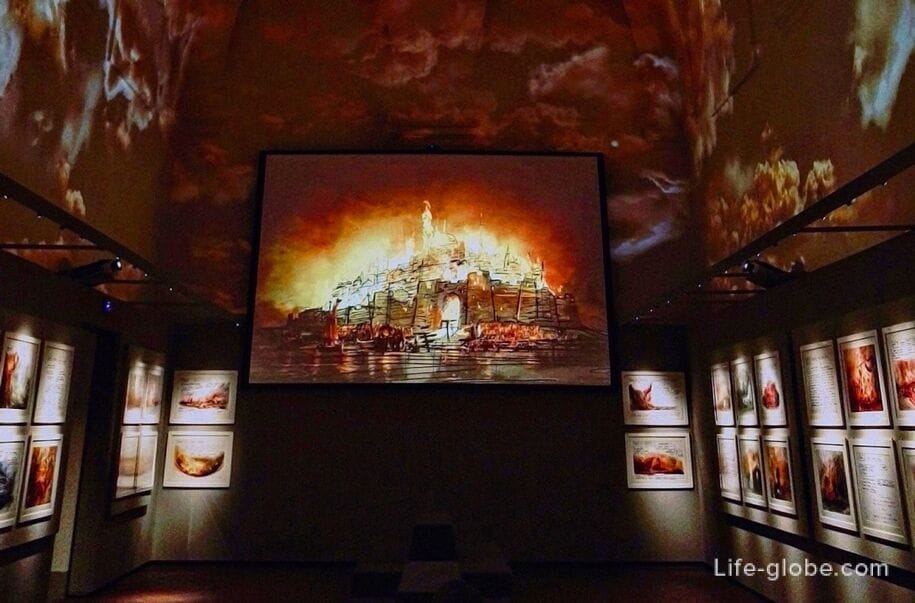
Church of San Filippo Neri
The Church of San Filippo Neri (Chiesa di San Filippo Neri) has an ornate interior with Baroque architecture.
The apses and altars stand out especially, as well as the statues of the presbytery depicting Mercy and Purity and the first two bas-reliefs with episodes from the life of St. Philip. Marble, sculptures, reliefs, frescoes and canvases (works by Giuseppe Pinzani, Alessandro Gherardini, Antonio Puglieschi, Matteo Boneci and Anton Domenico Gabbiani) correspond to a single idea, which makes the church a kind of gallery of Florentine art of the 17th century.
The main altar is the work of Zanobi del Rosso, and the two side altars are by Antonio Montauti. In the center of the coffered ceiling is a 1715 painting by Giovanni Camillo Sagrestani, "The Glory of San Filippo Neri". In the semi-dome of the apse there is a large fresco by Niccolo Lapi depicting the Holy Trinity with the apostles and Florentine saints. The Chapel of the Sacrament (Zanobi del Rosso) houses the grave of Pietro Bini, a Florentine priest who founded the Florentine Congregation of Filipinos.
Entrance to the church is free.
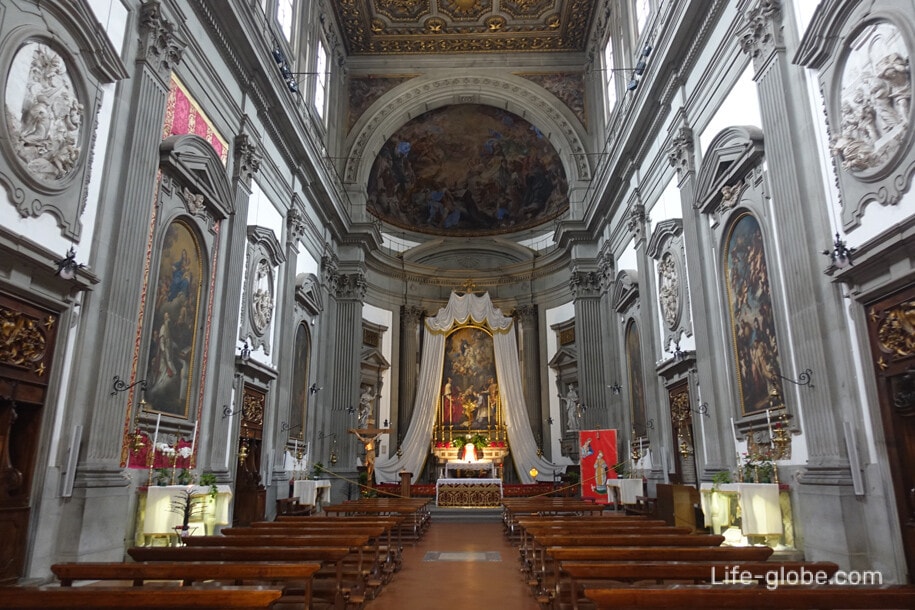
Practical information
The San Firenze complex is located in the heart of the historic center of Florence, just 100 meters from the beautiful historical and 300 meters from the main square of the city - Duomo Square.
Address of the San Firenze complex: Piazza di S. Firenze, 5, 50122 Firenze FI, Italy.
Coordinates of the San Firenze complex: 43°46'10.5"N 11°15'29.3"E (43.769578, 11.258147).
All accommodation facilities in Florence (hotels, apartments, guest houses, etc.), including in the historical center of the city and more remotely from it, can be viewed and booked here




